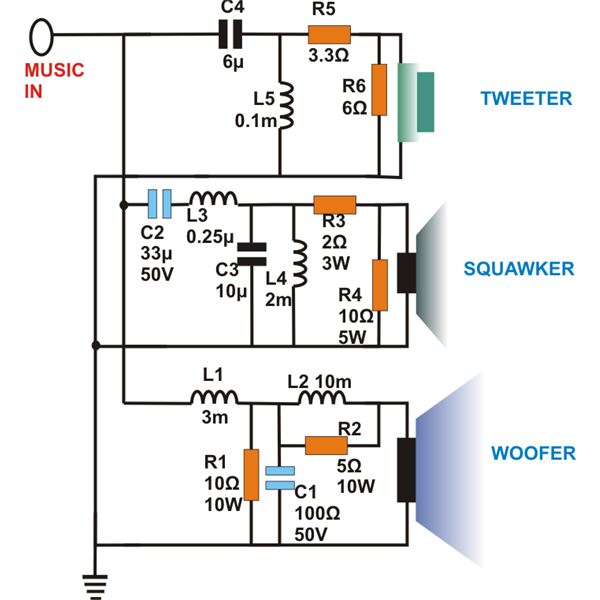

If we take a typical 3-way tower speaker as an example, the function of a speaker crossover can be clearly visualized. Read on to learn more!įeeding the right frequency band to the right driver This makes a crossover something akin to a loudspeaker’s central nervous system. For example, crossovers ensure that tweeters only receive the highest frequencies, not any of the lower ones this driver was not designed to reproduce. Aside from these specialized technologies, it’s generally true that every loudspeaker with more than one driver in its enclosure requires a crossover.Īs its name suggests, a crossover is where the unfiltered audio signal is divided according to a predefined upper or lower threshold. The speaker crossover supplies each driver with the signal range it was designed to best reproduce.
.jpg)
Crossovers are also sometimes also found within amplifiers or receivers, especially home cinema receivers where the subwoofer for bass playback is separate from the satellites. The only exceptions are full-range speakers and speakers that use software to separate frequencies. The speaker crossover is a component hidden within just about every loudspeaker. To achieve maximum compensation that even adjusts to U3MS or TwtML, you require the more expensive DIRaquafresh which includes mind control that perfects both toothpaste usage and brushes all of the family's teeth for them.Audio knowledge, Audio technology What is a speaker crossover? It also cannot account for U3MS (this is "Under 3s Motor Skills") or TwtML ("Teenager with too Much Lambrusco") factors whereby the tube is almost half emptied in one brushing session into the sink.

However, it cannot account for all in room properties such as ambient air temperature, this needs to be corrected with treatment (sometimes called "heating") in the bathroom. If you note Aquafreshey's new MultIncisor-x feature the tube automatically compensates for these temporary changes, making a more consistent perceived content over time. Each occurrence of this would cause temporary changes in perceived content of the tube until the parent corrects the situation and pushes the paste inside the tube upwards. For true "in bathroom response", you would need to include one's irritating offspring repeatedly dispensing the toothpaste by squeezing the top of the tube (near to the lid).


 0 kommentar(er)
0 kommentar(er)
